Here at Terradrift, we’re all about spending time outdoors sustainably, so it makes sense that e-bikes would show up from time to time. Frankly, they’re great for commuting and taking over some of the responsibilities of a car for around-town trips, rides to the trailhead, etc. Plus, they cost significantly less to maintain and are just generally better for the environment. We recently took a look at a gravel-style commuter bike, the Roadster V2 from Ride1Up. Now, with all the commuter and fat-tire e-bikes out there, why go with a gravel-style bike? Well, for one, I just like the way it looks. It doesn’t just look like an e-bike thanks to an understated computer and an essentially hidden battery that’s built into the frame.
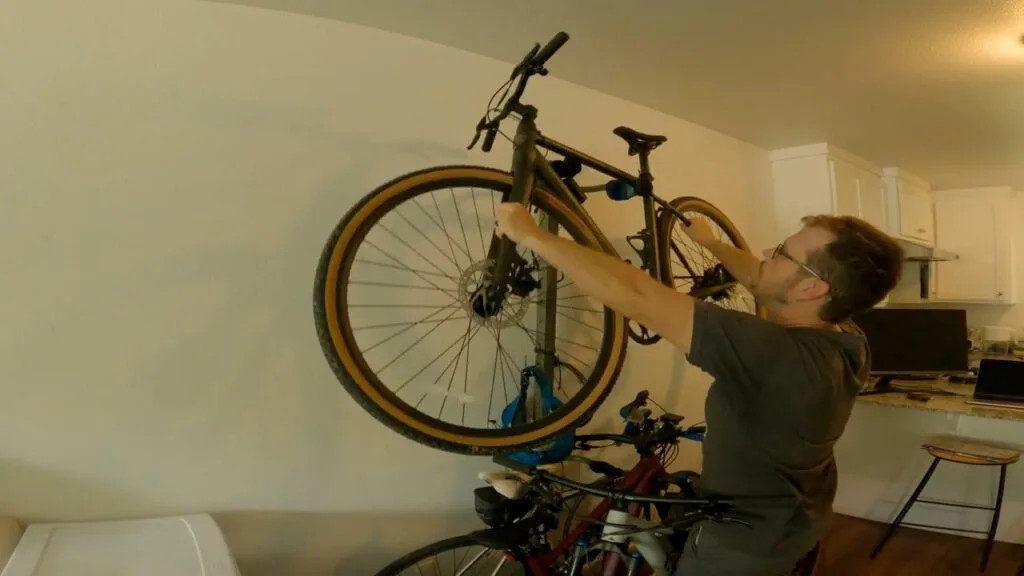
That’s great for a few reasons. One, I don’t have to worry about it getting stolen when I lock it up on the sidewalk. And two, the smaller battery makes the bike significantly lighter if I need to lug it upstairs, which I actually had to do with my previous bike—the massive and extremely awkward-to-carry Espin Flow, which weighed in at a whopping 55 pounds. The Gravel Roadster, on the other hand, only weighs 33 pounds. Now, the Flow, of course, had more range and power, but that wasn’t what I needed for commuting the four-mile round trip to my studio.

Assembly
But let’s back up and start from the beginning, as in the minute the bike arrives on your doorstep. You will have to assemble it if you don’t want to shell out for a local shop to do it for you. If you’ve ever assembled a bike, this process will look very familiar. It comes mostly assembled; you just have to attach the handlebars, wheel, and seat, and you’re pretty much good to go. The bike, of course, comes with instructions, a charger, a nice set of Allen keys, a wrench, and even a Ride1Up beanie.

We’ve been pretty disappointed by the quality of assembly tools that have accompanied most of the e-bikes we’ve tested, including the recent Rad Power bike we reviewed, but these were actually worth keeping. Just something to note: the only issue I had during assembly was with the handlebars. Whoever ran the cables in the factory didn’t do it quite right, so I had to remove the grip, take off the brake lever, untangle the lines, and then put everything back on. Not the end of the world, just a little annoying.
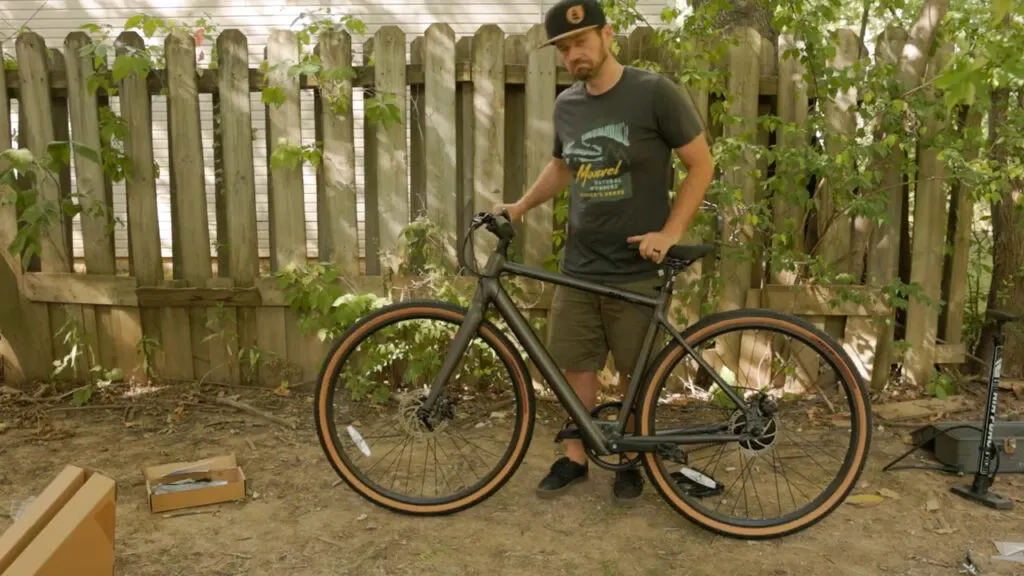
Next, just plug it in to charge, and when the light turns from red to green, your battery is fully charged. It’s worth noting that because the battery is more or less built into the frame, you’re always going to need to charge it with the bike near an outlet. So, people who live in an apartment and normally use a bike locker or store their bike in a shed without access to power, keep that in mind.
Once assembled, this thing is super sleek and could easily pass as a normal, non-powered bike. That’s one of the things I really like about it, and I think it makes it a lot less of a target for would-be bike thieves.
Components
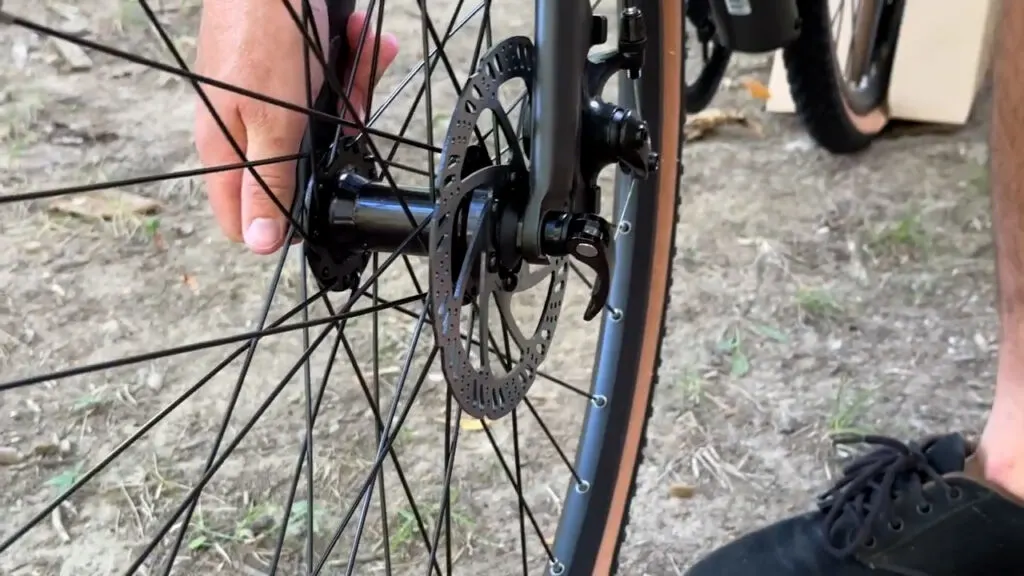
At roughly $1,100, which is pretty reasonable for a quality e-bike, I was a little afraid I’d find inferior parts as a result of the brand cutting costs to boost their bottom line. For instance, hydraulic disc brakes at this price point can suffer from leaks and have to be bled frequently, so they don’t end up squishy and lose their stopping power. But that’s not the case with the Roadster V2. Ride1Up used cables instead of hydraulics, and while cables don’t have as much straight-up stopping power, they’re infinitely more reliable at this price.
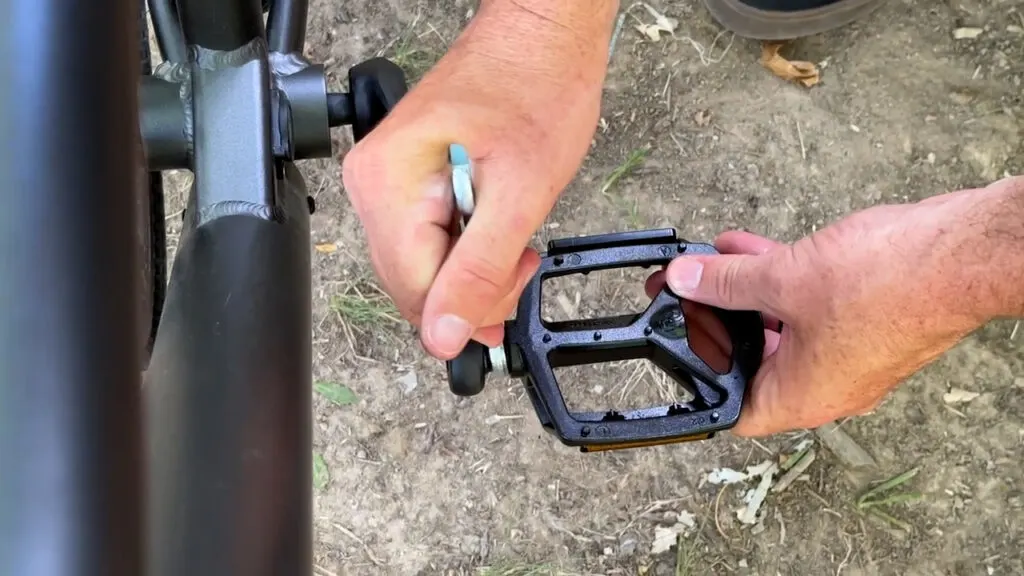
One thing that seemed a little extravagant for this bike was the metal pedals. I was worried that if they used cheap metal pedals instead of high-quality plastic ones, they wouldn’t last as long. And sure enough, the right pedal started clicking pretty soon after I started testing, which probably means a bearing problem. They didn’t spin easily right out of the box either, which could also just be due to the type of grease the brand used on them. Either way, I would swap the pedals out for something a bit better if you ride a lot.
Gearing and Performance
Now, let’s get to the elephant in the room: the gearing. Yes, it’s a single-speed, and yes, it has a belt instead of a chain. This is something I was actually happy to see because it means less maintenance. I don’t have to grease a chain or worry about jumpy shifting on a cheap chainring. It does come with a downside in terms of e-bike efficiency, though. With a 21-speed or multi-speed e-bike, you can keep your bike on the lowest power setting, shift to the easiest gear, and still make it uphill. But with a single speed on steeper inclines, the only thing you can do is adjust the power. So, on steeper climbs, I had to bump the power all the way up to five. It has five power settings, by the way, with zero being essentially off. Side note: if you’re pushing the bike, you can hold the minus button for an assisted push.
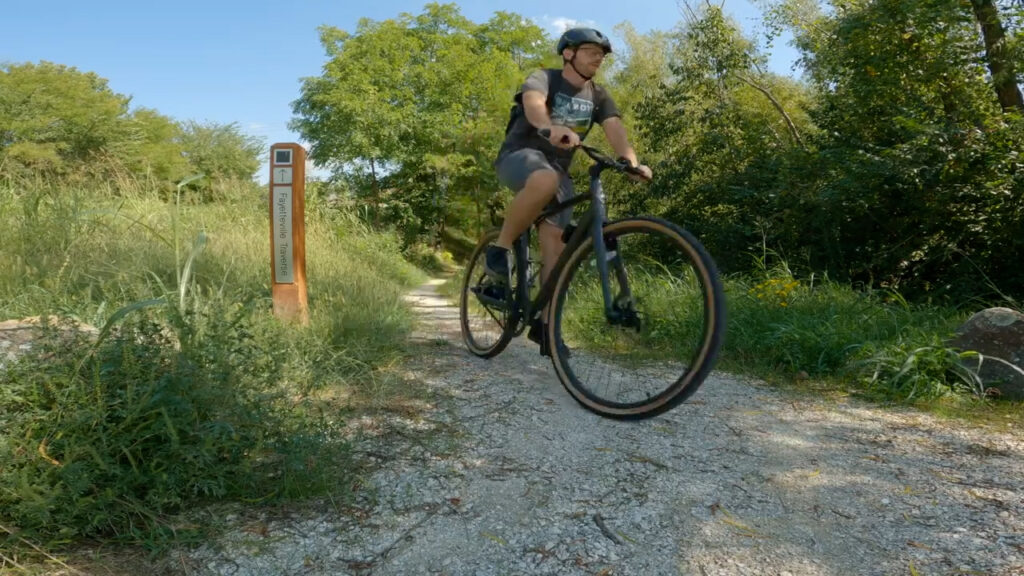
With a gear setup like this, you’re practically guaranteed to still get a workout when you ride. That may be a pro for some and a con for others. What about speed and range? The top speed is about 20 mph, which I found to be pretty accurate, and the advertised range is 20 to 30 miles. If you’ve watched any number of e-bike videos, you know this is usually the big “gotcha.” Generally speaking, the upper range is estimated on flat terrain, where the bike hardly has to work at all. I did my big test on very varied terrain and went so far that I ran out of battery, which made for a very painful ride back. My testing method was just to use it like I normally would—if the uphill got too hard, I would set it to an appropriate power level, and if it was flat or downhill, I would reduce the power or turn it off completely.

Honestly, on flat terrain, it made for a relatively easy ride, even without power. However, my range ended up being about 18 miles on a full charge, which was a little disappointing. For reference, with my backpack, water, bike lock, etc., I probably weighed in at about 170 to 175 lbs. Does that range matter for my personal purposes? Not in the slightest. It covers the 4-mile round trip four times over, and I could easily plug the bike in once I got to my studio. If I really wanted to stretch that range, I could always be a little more careful about how much power I was using. As mentioned earlier, though, that’s a little more difficult to do with a single speed.
Final Thoughts
Overall, the ride on this bike is smooth. It is a gravel bike, so there are no shocks or suspension. The frame is solid, the tires offer the perfect balance of speed and comfort for roads, paved paths, and packed dirt. The seat, while more of a women’s seat in design, was comfortable for short commutes, and because it’s lighter, I wouldn’t have any trouble riding this thing for short jaunts around town without any power assistance, which is pretty cool.
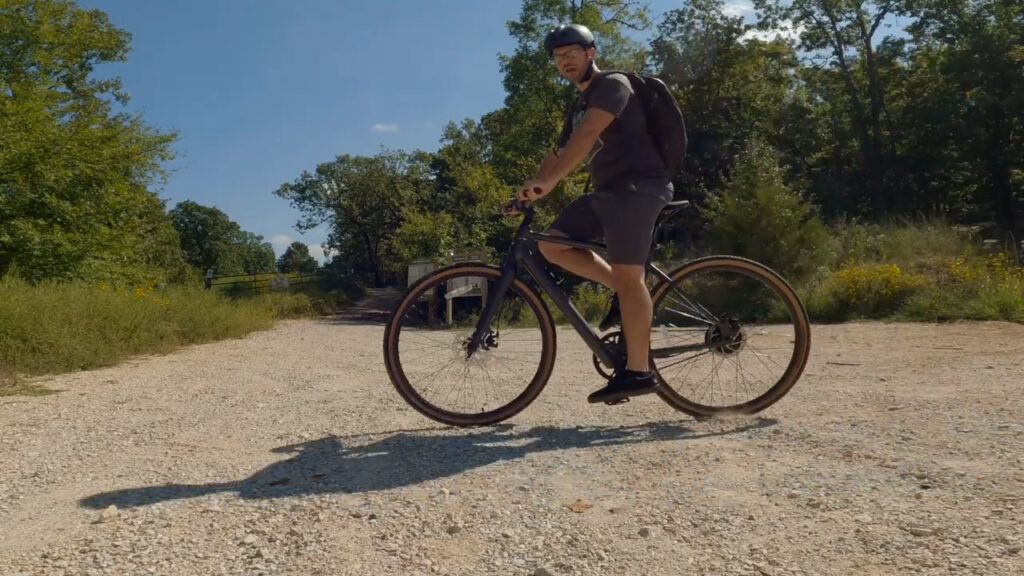
With this bike, you get a one-year warranty against manufacturer defects, with the option to buy up to three years of additional coverage. So who is this for, and would I recommend it? First, this is for anyone who wants a sleek, low-profile e-bike, who’s just carrying themselves and their backpack—for commutes, heading to the local library, picking up that one thing at the grocery store, or leisurely pedaling on a nearby trail. You can add panniers to this bike, but with the lack of gears and a lower-power rear hub motor, I think you’d be better off with a beefier e-bike if you were looking for something to pick up a full load of groceries, kind of like the Rad C5 we just tested. Again, I’ll drop a link to that review below.
For a bike at this price, I’m pretty happy with it despite a few shortcomings. Click the button below to check it out for yourself and see current pricing.
Looking for something a bit more capable that can haul an entire load of groceries? Check out our review of the Rad Power Bikes RadCity 5 Plus.
Josh is a freelance video producer, DP and editor based in Ogden, UT. When he’s not out exploring the world, he loves talking movies, tech, and travel. Check out his website, joshmcdarris.com
